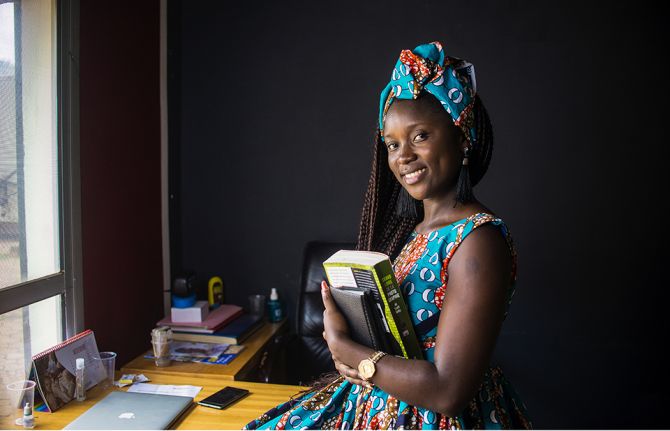

Press Statement
On International Women’s Day, UNAIDS calls for greater action to protect young women and adolescent girls
08 March 2019 08 March 2019Every day, 460 adolescent girls become infected with HIV and every week 350 adolescent girls die of AIDS-related illnesses
GENEVA, 8 March 2019—On International Women’s Day, UNAIDS is urging countries to step up and protect young women and adolescent girls from HIV.
AIDS-related illnesses remain the leading cause of death for women aged 15–49 years globally. In 2017, 66% of new HIV infections among 10–19-year-olds were among females globally—in eastern and southern Africa, 79% of new HIV infections among 10–19-year-olds were among females.
“There is a vicious cycle of gender inequities, gender-based violence and HIV infection in many parts of the world,” said Michel Sidibé, Executive Director of UNAIDS. “Oppression and power imbalances must be redressed and harmful masculinities addressed in order to ensure that women and girls have full control over their sexual health and rights.”
Much more needs to be done to reach young people with HIV prevention, treatment and care. Young women and adolescent girls are especially being left behind. Gender-based violence, sexual exploitation and drug use are among the many factors that can increase the vulnerability of young women and adolescent girls to HIV.
Efforts to end AIDS are undermined where the human rights of young women and adolescent girls—especially their sexual and reproductive health and rights—are not supported. Countries must therefore enact laws and policies that enable access to services, including health and social protection, by young women and adolescent girls, helping them to claim their right to health.
International law gives people, including young women and adolescent girls, the right to access services to protect their sexual and reproductive health. However, 45 countries worldwide still have laws that require people under the age of 18 years to obtain the consent of their parents in order to be tested for HIV.
Social protection, education—including comprehensive sexuality education—and HIV prevention services that are integrated with sexual and reproductive health services have been shown to improve the health of, and empower, young women and adolescent girls. A South African study showed that HIV prevalence among girls who had finished high school was about half that among girls who had not (8.6% versus 16.9%). Children who access universal primary education in Botswana, Malawi and Uganda have been shown to have similar outcomes.
Investing in education. Investing in HIV and other health services. Preventing and protecting women and girls from violence. Eradicating harmful practices such as early, forced and child marriage. Promoting women’s rights. Through these actions young women and adolescent girls can be protected from HIV and the world can build towards ending AIDS by 2030.
UNAIDS
The Joint United Nations Programme on HIV/AIDS (UNAIDS) leads and inspires the world to achieve its shared vision of zero new HIV infections, zero discrimination and zero AIDS-related deaths. UNAIDS unites the efforts of 11 UN organizations—UNHCR, UNICEF, WFP, UNDP, UNFPA, UNODC, UN Women, ILO, UNESCO, WHO and the World Bank—and works closely with global and national partners towards ending the AIDS epidemic by 2030 as part of the Sustainable Development Goals. Learn more at unaids.org and connect with us on Facebook, Twitter, Instagram and YouTube.
Contact
UNAIDS GenevaAnne-Claire Guichard
tel. +41 22 791 2321
guicharda@unaids.org
UNAIDS Media
tel. +41 22 791 42 37
communications@unaids.org
Press centre
Download the printable version (PDF)
